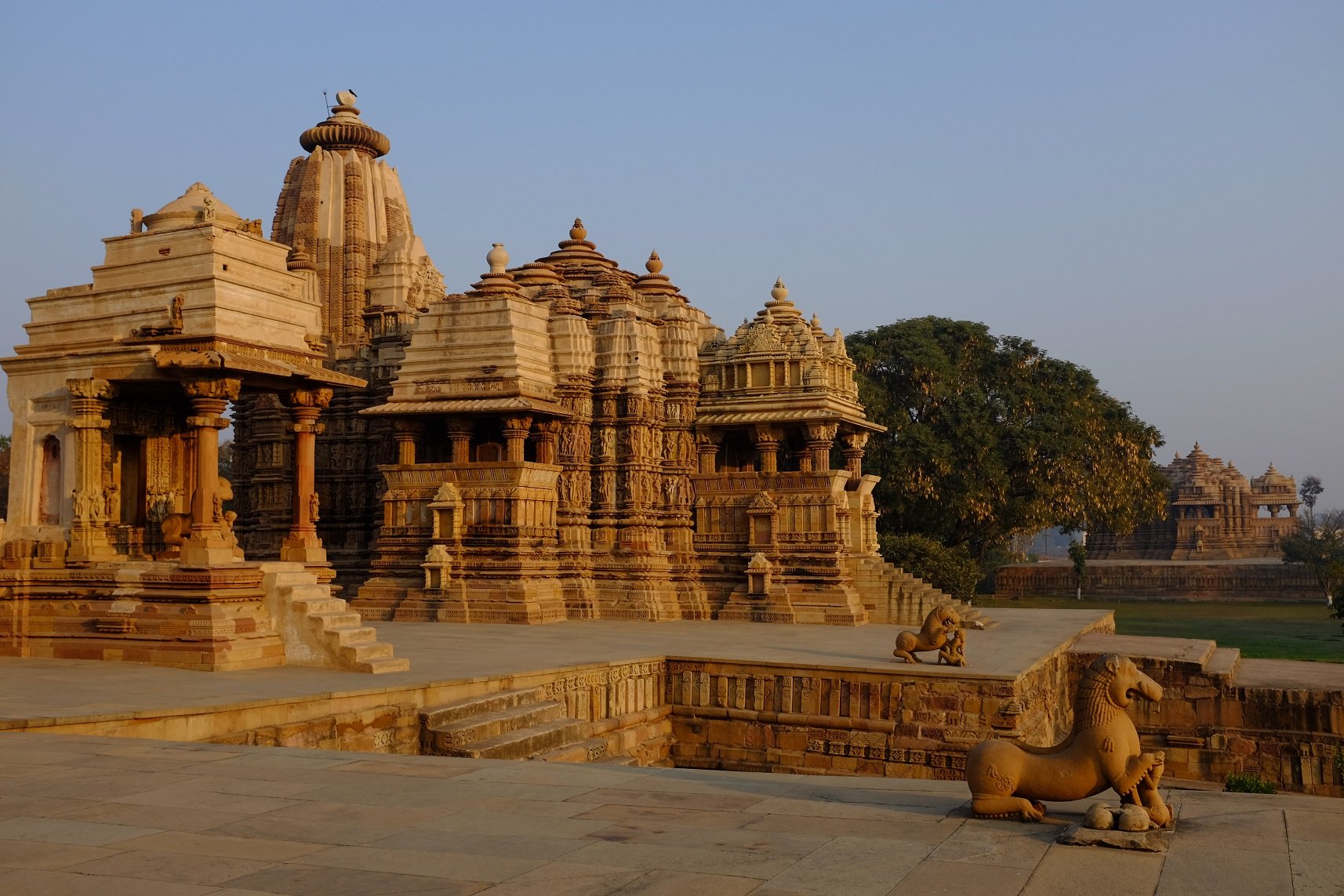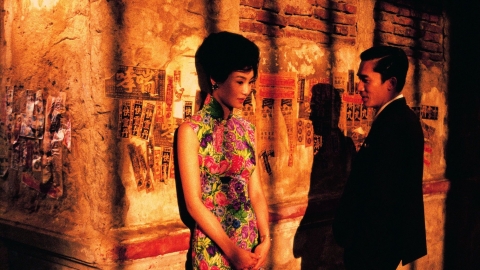With a construction process lasting nearly 2 centuries, Khajuraho was originally a complex of 85 small temples built of sandstone and had extremely splendid architecture. Today, due to the destruction of time, only 22 temples remain here.
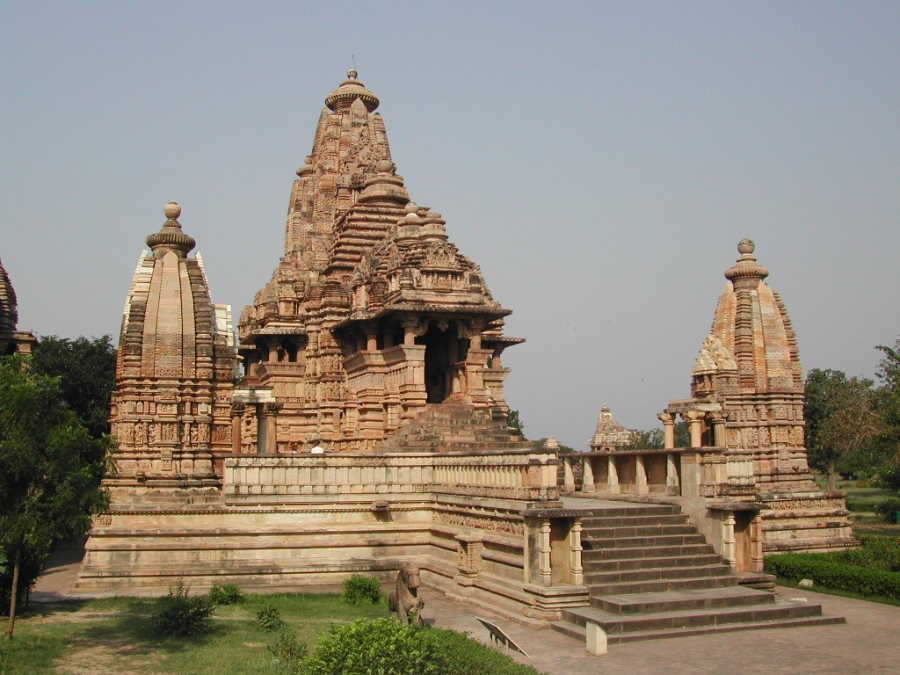
Spread over an area of about 20 km2, Khajuraho Temple is located in the central part of India. This place was once a prosperous, vibrant urban area, the capital of a powerful Chandela empire. Time made the temple fall into oblivion for centuries and covered in dense forests before being discovered by the British colonial government in 1893.
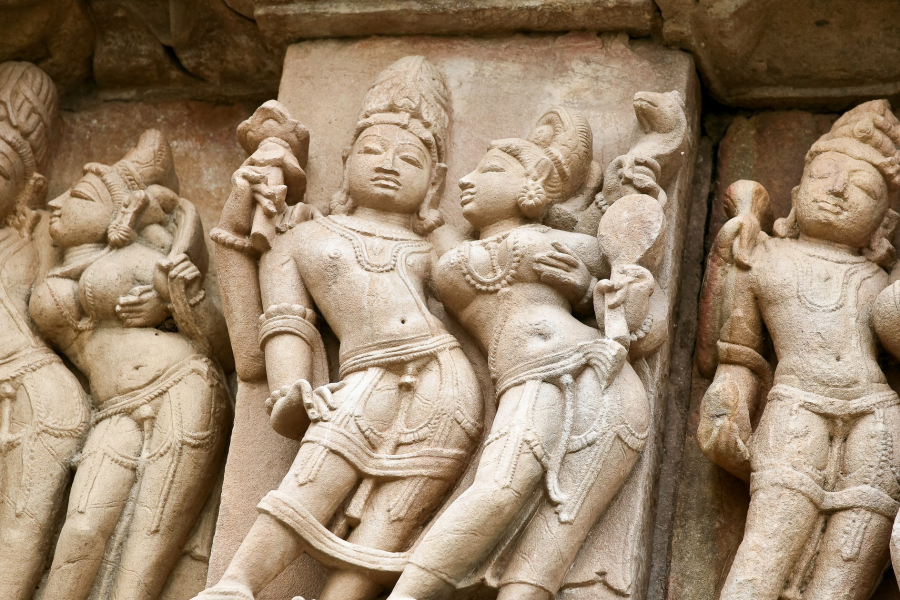
Sandstone was the main material used to build the temples. The architects of over 1000 years ago did not use mortar, the stones were held together by mortise and tenon joints and held together by gravity.
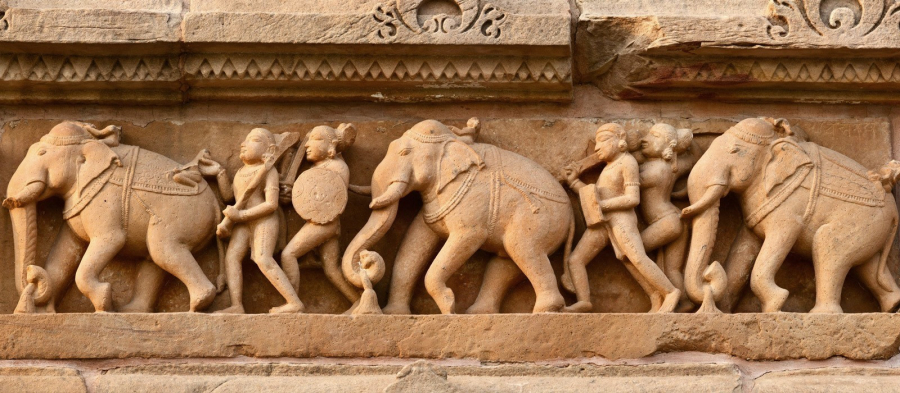
Besides the unique architecture, the statues and carvings in the Khajuraho temples are also extremely valuable masterpieces of art. The main content focuses on depicting scenes of daily life of the people during the Chandela empire, from the lavish life of kings to images of goddesses.

The most impressive are probably the clusters of statues depicting men and women making love in various positions, and even carvings depicting people standing nearby peeping. However, all are expressive and carved in an artistic way, not at all vulgar. In addition, some of the temples here have double walls and are carved with small figures of sexual life.

There are many explanations for the carving of these sensitive images on the temple of the gods. Some people believe that there used to be a Hindu sect here that worshiped the symbols of the body and pleasures in life. Others believe that this is a way for people to cultivate their minds and avoid temptations in life.
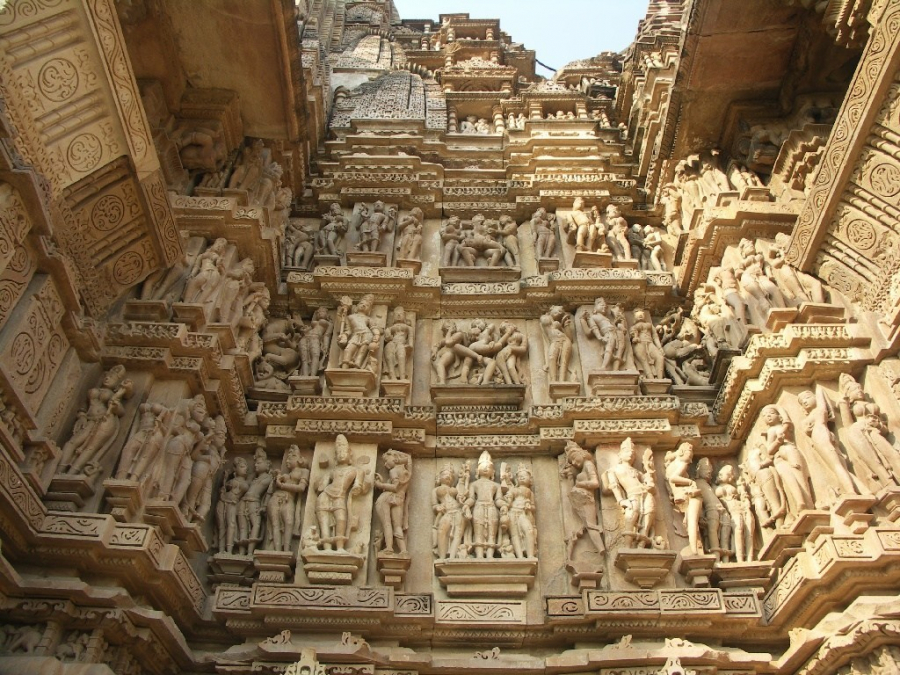
With its unique architecture and long history, the Khajuraho temple complex has been recognized by UNESCO as a world cultural heritage for its "unique artistic creative values".






